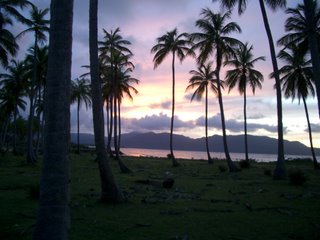Cultural and natural heritage: Most relevant National Parks and Museums
Cultural Heritage
E. León Jiménez Culture Center
Tobacco Museum
Museum of the City of Santiago
BAHORUCO
Natural Heritage
- Scientific Reserve of Laguna Rincón, also called Laguna de Cabral.
DISTRITO NACIONAL (Santo Domingo)
Cultural Heritage
- Alcázar de Colón (Columbus’ Palace)
- Casa de Tostado (16th century)– Museum of the Dominican Family in the 19th century)
- Casa del Cordón (16th century) – Cultural Center
- Casa Museo de Duarte (Museum, in what once was his house, of the national independence hero Juan Pablo Duarte)
- Faro a Colón (Columbus Lighthouse)
- Santa Bárbara Fortress
- Modern Art Museum
- Museum of the Atarazanas (ancient shipyards)
- Museo de las Casas Reales (Museum of the Royal Houses) Military hardware from colonial times.
- Museum of Contemporary Drawing
- Museum of the Dominican Man – Native Indian rock art
- National Museum of History and Geography
- Numismatic Museum
- Ruins of St. Francis Abbey
- Prehispanic Art Room
- Emiro Julián Sánchez Museum
Natural Heritage
- National Aquarium
- Dr. Rafael M. Moscoso Botanical Garden
- Larimar (blue amber) Museum
- National Museum of Natural History
- Amber World Museum
- Los Tres Ojos National Park
- National Zoological Park
EL SEIBO
Natural Heritage
- Scientific Reserve of Laguna Redonda and Laguna Limón
HATO MAYOR
Natural Heritage:
- Parque Nacional Los Haitises
INDEPENDENCIA
Natural Heritage
- Parque Nacional Isla Cabritos
- Parque Nacional Sierra de Bahoruco
LA ALTAGRACIA
Natural Heritage
- Parque Nacional del Este
LA ROMANA (La Romana)
Cultural Heritage
- Altos del Chavon Regional Archeological Museum
LA VEGA
Natural Heritage
- Armando Bermúdez National Park
- Parque Nacional José del Carmen Ramírez National Park
- Scientific Reserve of Valle Nuevo
MARIA TRINIDAD SANCHEZ
Natural Heritage
- Marine Mammals Sanctuary
MONTE CRISTI
Natural Heritage
- Monte Cristi National Park
PEDERNALES
Natural Heritage
- Jaragua National Park
PUERTO PLATA
Cultural Heritage
- Fortress of San Felipe
- Natural Heritage:
- Dominican Amber Museum
- Mt. Isabel de Torres Scientific Reserve
SAN CRISTOBAL
Cultural Heritage
- Roberto M. Mojica Museum
Natural Heritage
- Pomier caves

